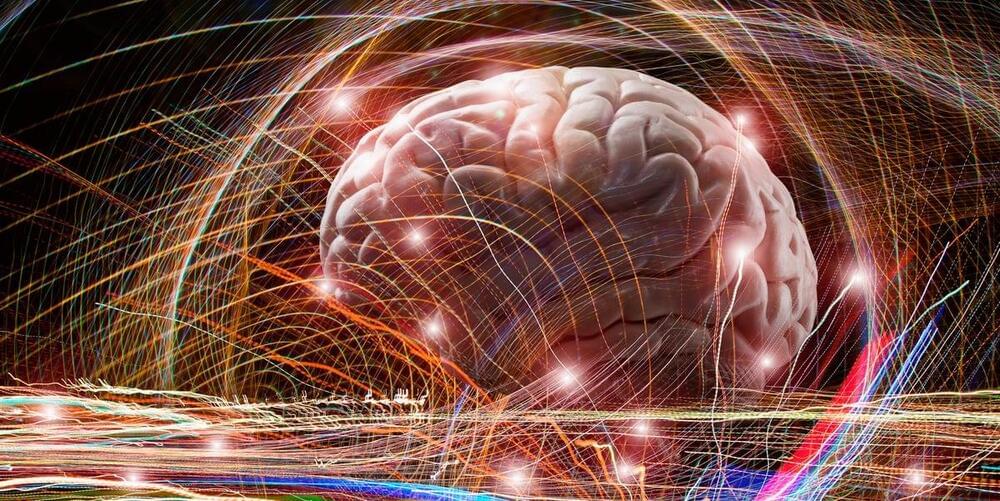Time, in this view, doesn’t look like a line in which one event causes another. Instead, eight events might be the eight vertices of a cube. Each point may connect with new geometric shapes that arise inside the cube—the vertices of which are also events—or the cube could become a point in a larger geometry. In any case, time is building a geometry like a crystal.
THE TEAM BUILT TWO ARTIFICIAL BRAINS to operate according to these theories so they could observe what happens without the interference of human projections, narratives, and emotions, and compare them with human subjects. An artificial brain doesn’t have an ego or a sense of existential dread, among other things, that might muddy the results. On the other hand, they were limited to a smaller number of primes because the machines don’t have other attributes humans do have.
The goal isn’t just to isolate consciousness or define it. It is for humans to understand and recalibrate along the lines of universal consciousness. Bandyopadhyay and his team want to build a better world by beginning not with human logic but by observing the patterns nature itself has created–the universal invariables.










Leave a reply